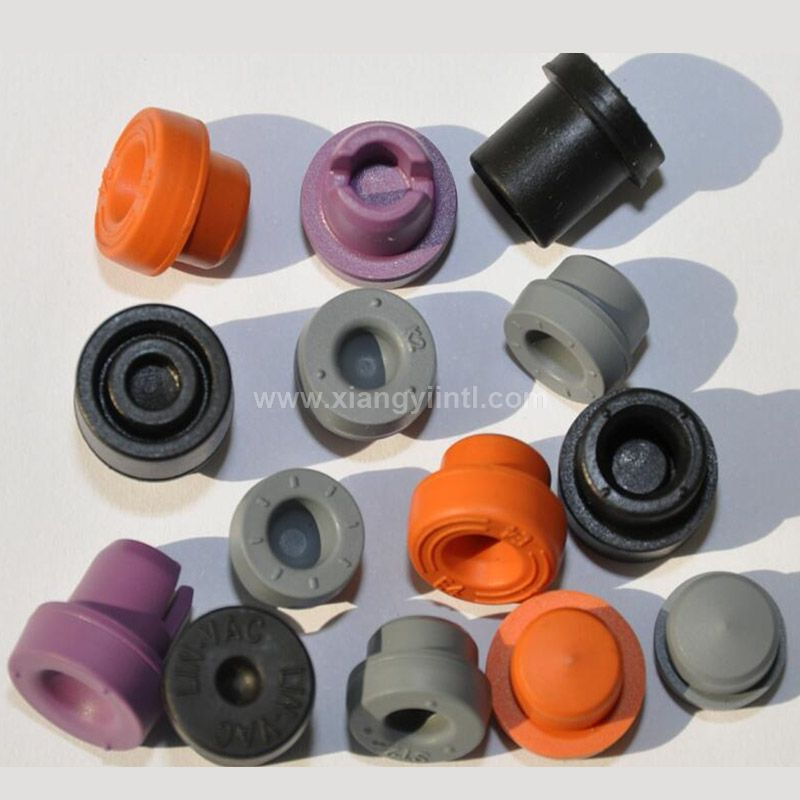Rubber Stopper for Indwelling Needle: Ensuring Safe and Accurate Medical Procedures
Indwelling needles are commonly used in medical procedures such as IV infusion therapy and blood transfusions. These needles remain in place for extended periods, allowing for continuous treatment. However, proper placement and securement of the indwelling needle are critical for safe and accurate medical procedures. This is where rubber stoppers for indwelling needles come in as an essential component. In this article, we will explore the benefits and importance of rubber stoppers for indwelling needles. What are Rubber Stoppers for Indwelling Needles? Rubber stoppers for indwelling needles are small, rubber components that are inserted into the end of the indwelling needle. These stoppers create a secure seal, preventing blood and other fluids from leaking out of the needle site. They also help prevent air from entering the vein, reducing the risk of air embolism. Rubber stoppers for indwelling needles are typically made of high-quality, medical-grade rubber that is safe...


